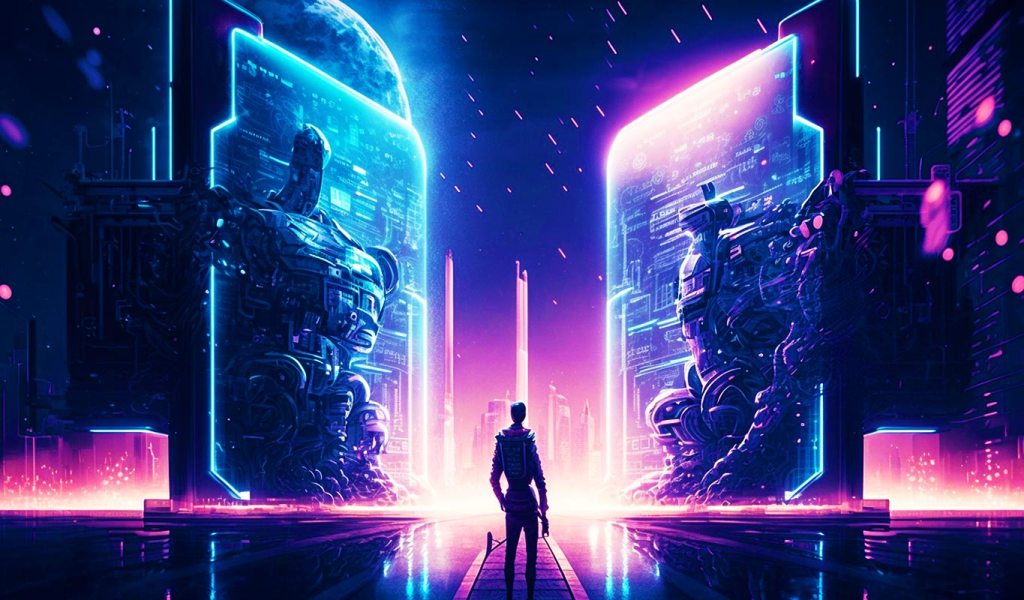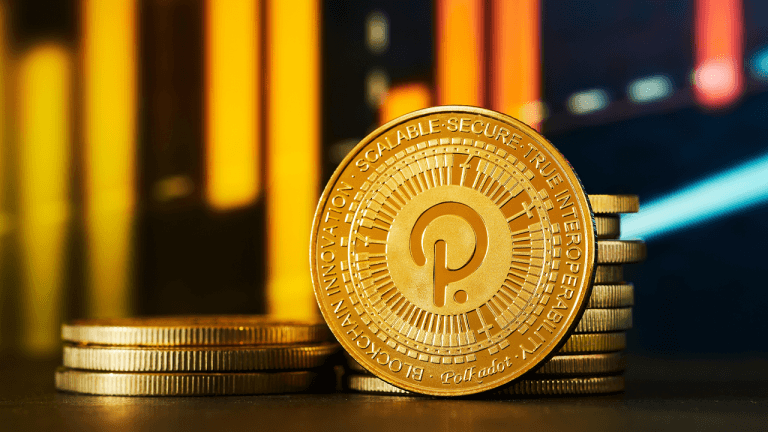
Content creators introducing a new paradigm with NFTs

Artists and content creators are expanding the creator economy past the $100 billion mark by taking control of their brands through NFTs.
Nonfungible tokens (NFT) have created an environment where artists can take control of their work and finances. Experts agree that artists and creators that tokenize their work and issue it as NFTs no longer have to deal with third-party intermediaries.
Although galleries have traditionally done the leg work in attracting buyers, they are seeing their utility diminish as cheaper decentralized apps (DApps) make it easy for investors to connect directly with their favorite artists. This is creating a new paradigm in the creator economy driven by NFTs.
As the creator economy has topped $100 billion with plenty of upsides, and NFT marketplaces OpenSea and LooksRare doing over $100 million in daily volume according to market tracker DappRadar, it makes a lot of sense for creators to figure out how they can extract as much value for the work they produce.
Australian NFT artist Danielle Weber feels that more artists should be tokenizing their work and taking control of their personal branding. In an email to Cointelegraph, the 10-year artist outlined the many shortcomings she perceives in the traditional art industry and how NFTs have helped her get around them. She is a strong proponent of NFTs as a new tool for creators.
“I definitely encourage all artists to tokenize their works. What really attracted me to the prospect of entering the NFT art scene is that it made art more accessible to everyone.”
Accessibility is an important aspect for artists as they increase their chances to make a sale when more people see their work. The NFT space facilitates direct interaction between artists and fans without the need for intermediaries. This has created what Weber called a “beautiful cycle.”
Former lead engineer at blogging website Medium Julien Genestoux agrees that artists and content creators should be taking control of their products through NFTs, including the interaction with fans. He told Cointelegraph in an April 6 interview that the NFT space helps “remove arbitrary moats” between artists and fans.
Genestoux believes that creators have the opportunity to promote themselves as they wish, but that there is an extra burden in doing so. He said that before creators act as their own managers on their platform, “they should ask what relationship they want with their fans and what special thing they can offer themselves.”
“After finding out what you can offer on your own, use the NFTs as a contract that you still control.”
Related: Museums in the metaverse: How Web3 technology can help historical sites
He acknowledges that traditional platforms like YouTube and Facebook are easy for people to use and have huge distribution advantages over smaller platforms, but that direct connectedness with fans is more important.
“I think you should be your own platform. That’s one of the values of having your own relationship with your fans.”
Genestoux added that NFTs by creators do not need to be limited to artists. Entertainers on the Only Fans social networking app can display NFT profile pictures as of this February. CEO Amrapali Gan said the new feature was just the “first step in exploring the role that NFT’s can play in our platform.”
Go to Source
Author: Brian Newar







